The Urban Ethnic Shuffle
I recently heard a well respected (white) commentator use the term “ethnic cleansing” in the context of gentrification. As in… such-and-such neighborhood used to be black and now it’s lily white. It made me think about the way demographic migrations are interpreted by different groups.
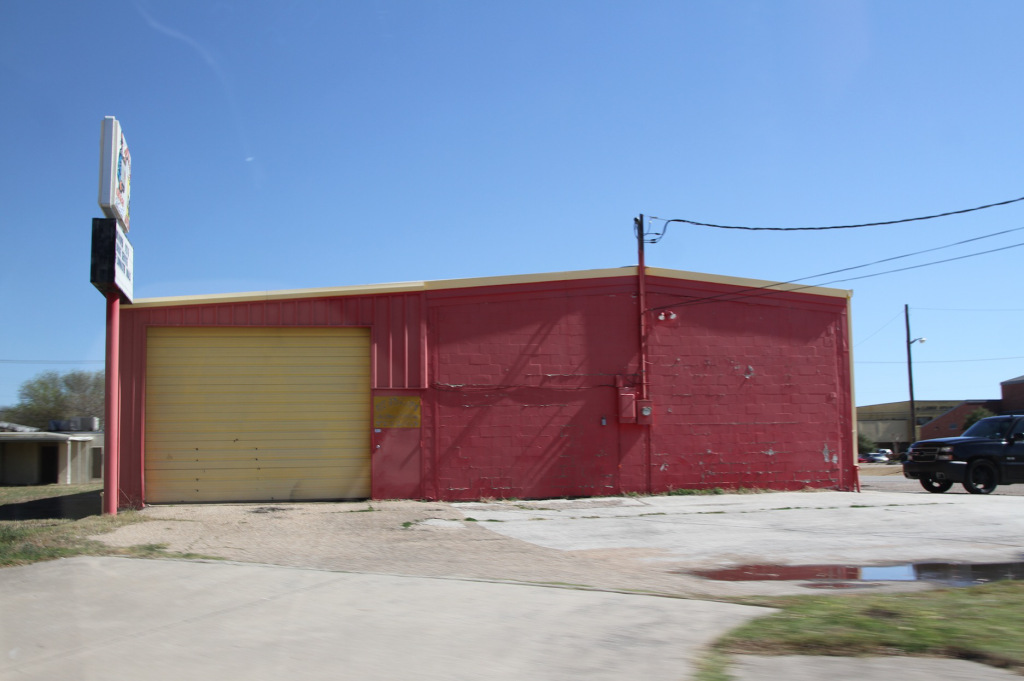
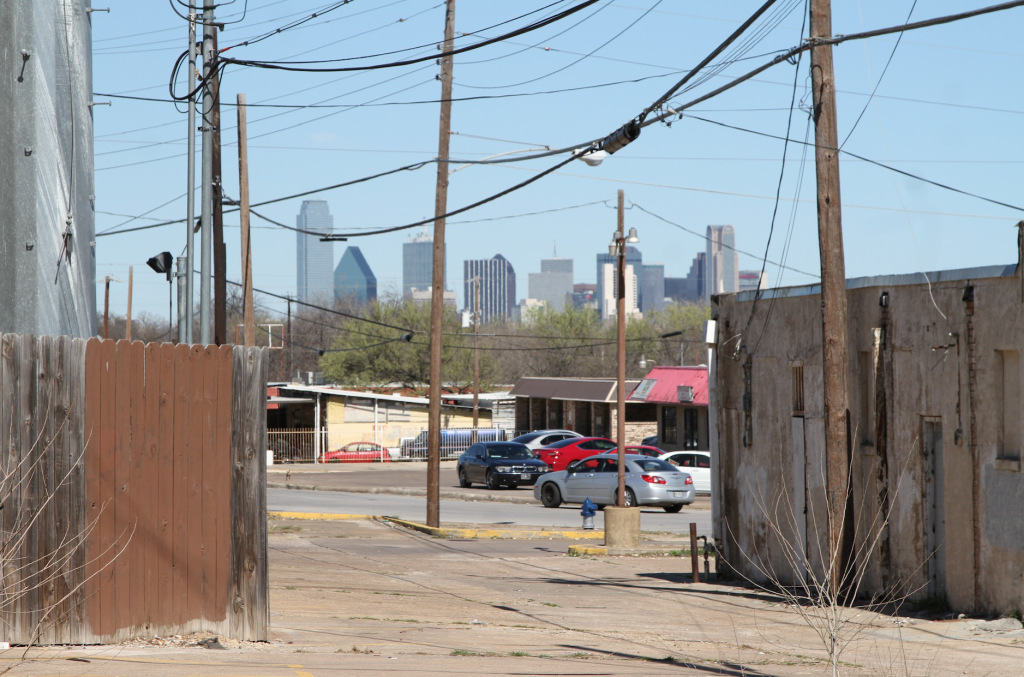
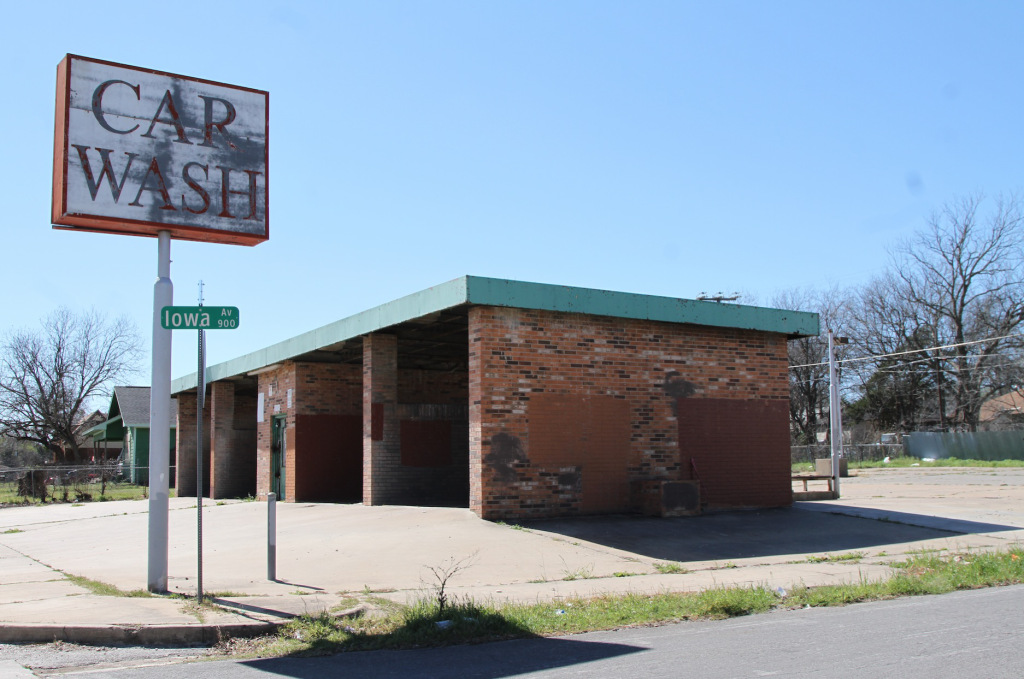
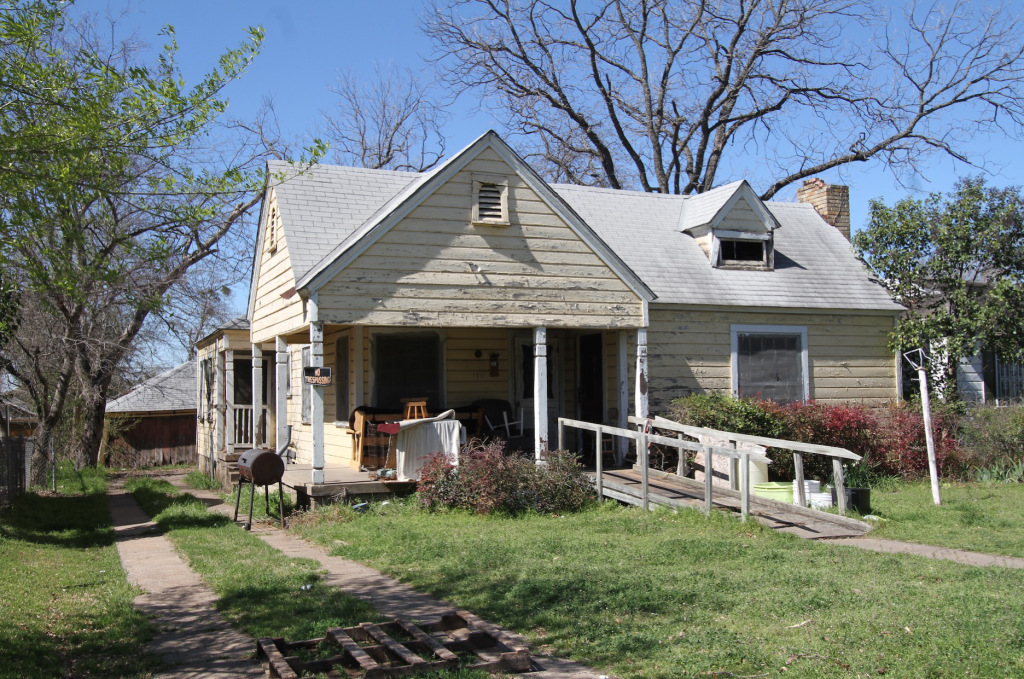
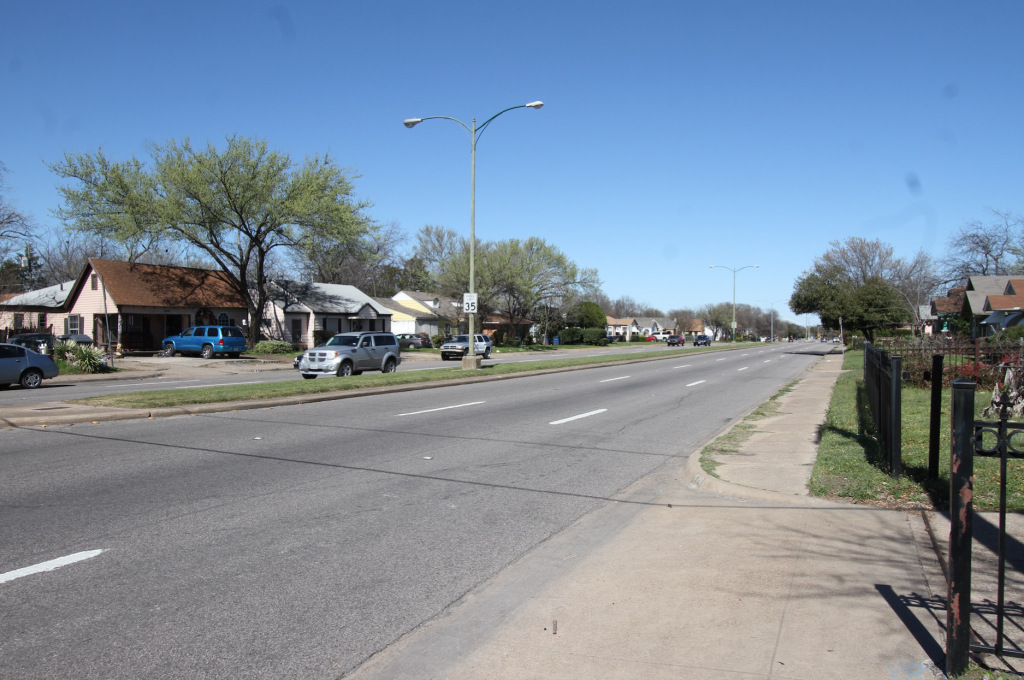
This is the south side of Dallas, Texas. This was once a white
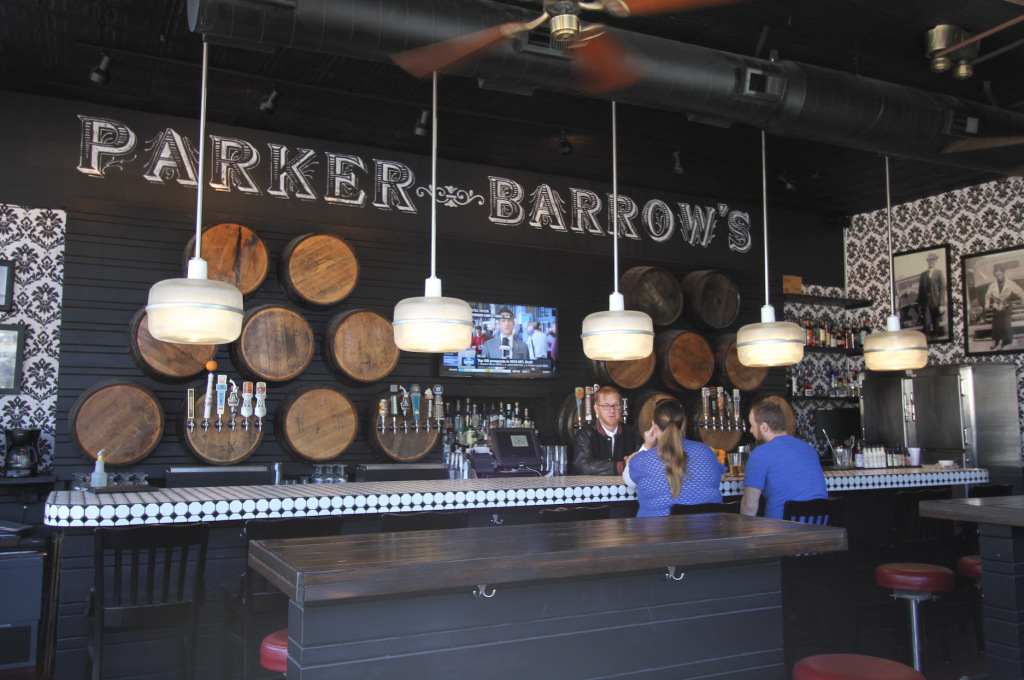

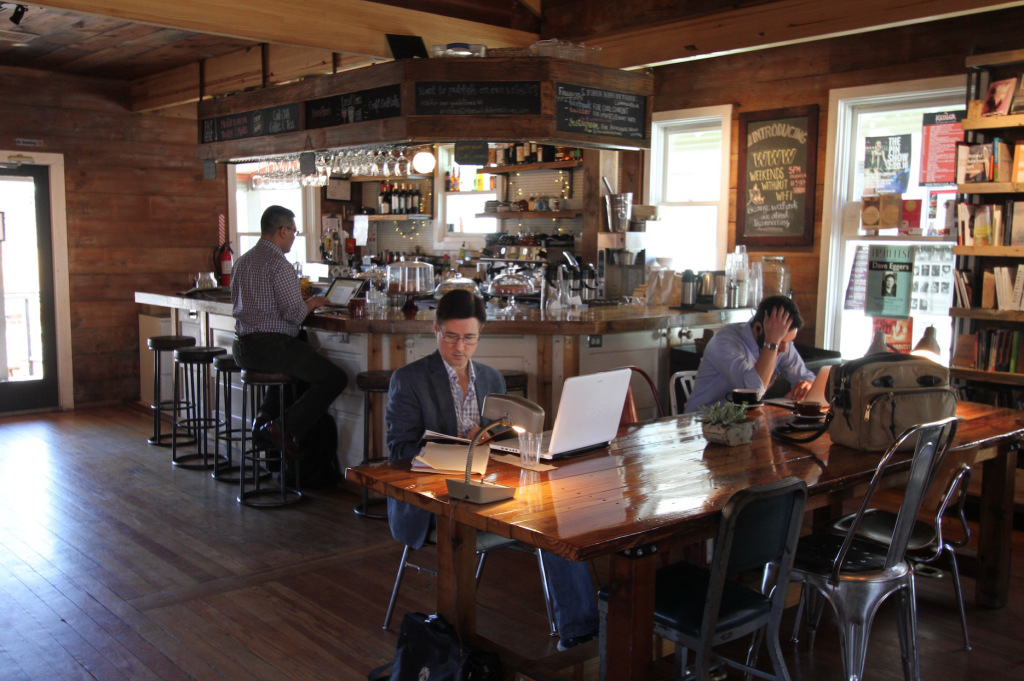
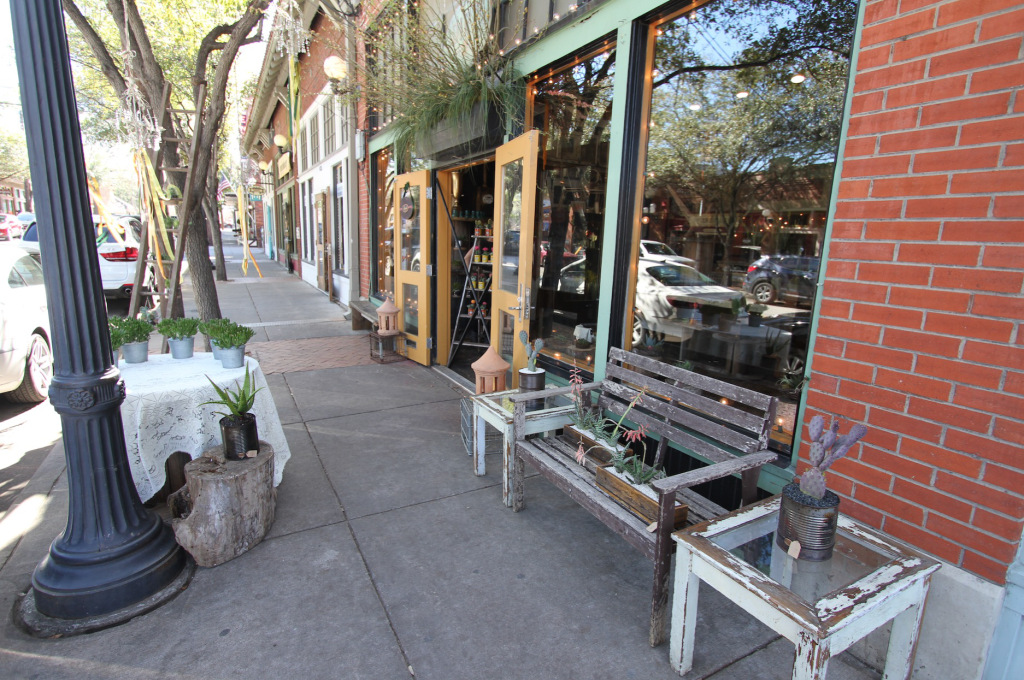
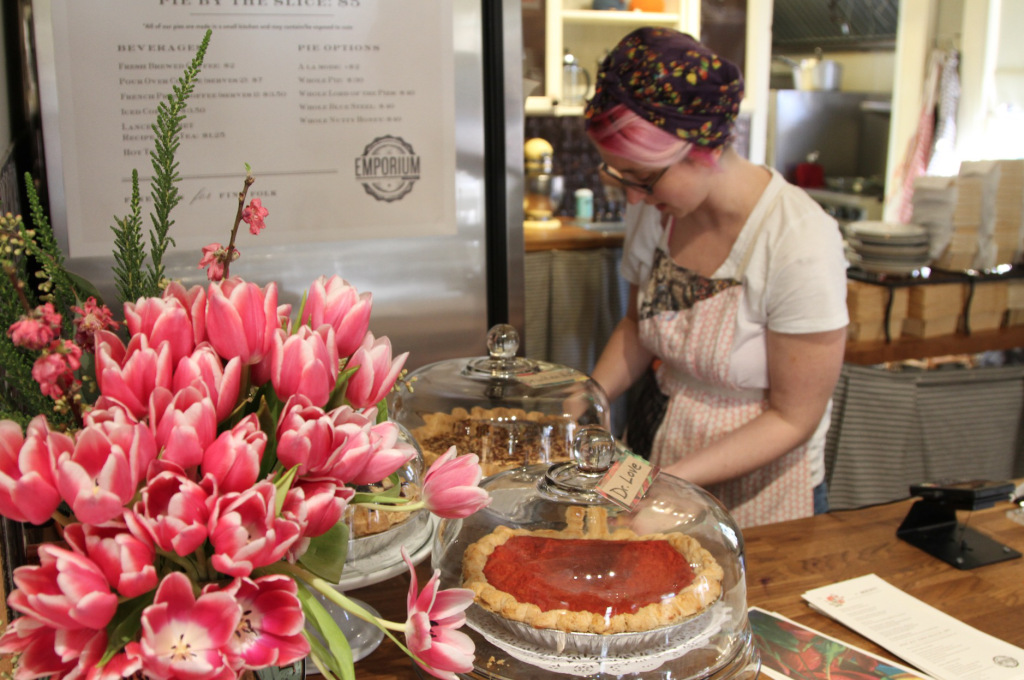
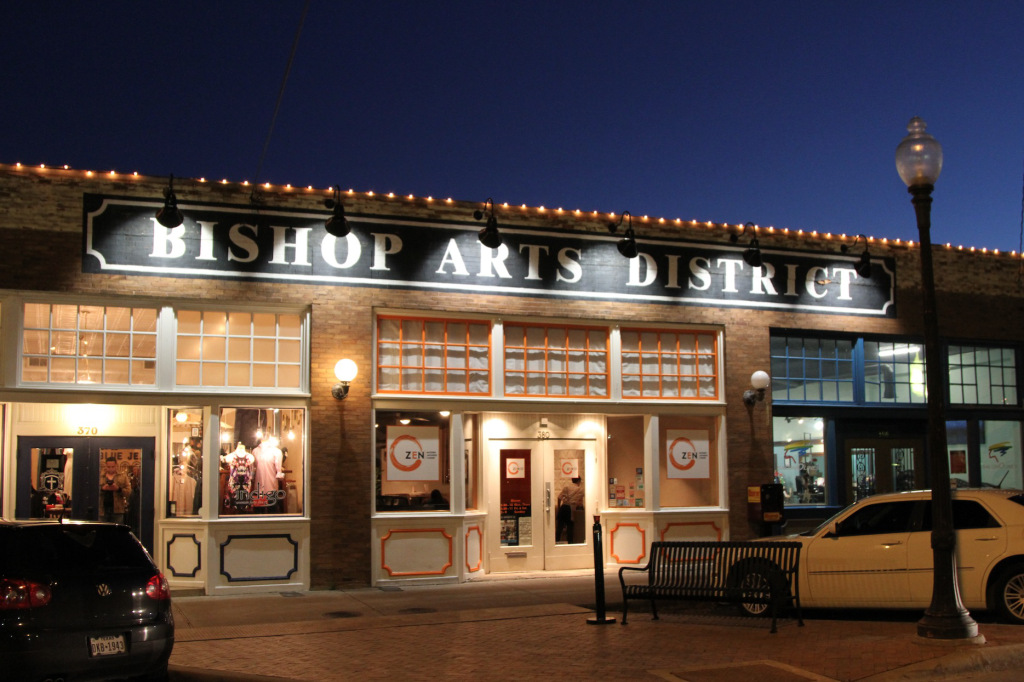
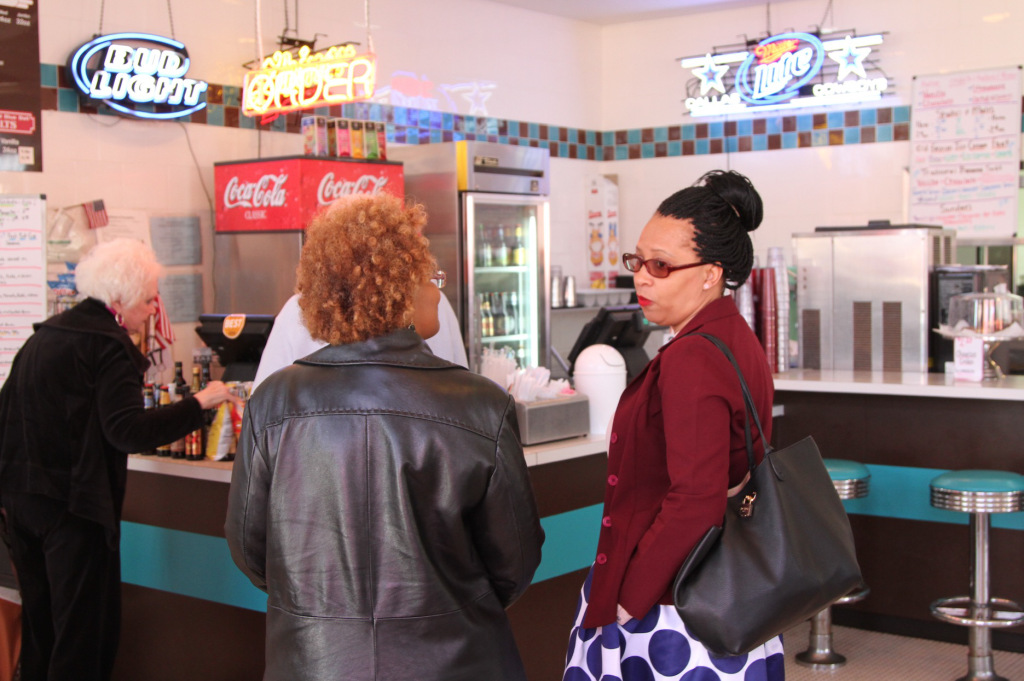
Parts of south Dallas are currently experiencing a revival. The same qualities that once doomed the neighborhood to abandonment are now celebrated by a significant segment of the middle class. Being closer to downtown is a plus since it means short easy commutes to work and ready access to culture. Having a smaller more manageable house in a vibrant walkable area is more attractive than an isolated McMansion in the exurbs. Homes that once sold for $50,000 not that long ago now sell for $300,000 and up. The buildings of south Dallas didn’t change. The street grid and location didn’t change. Instead, the market changed and money flowed accordingly. You know… enlightened self interest style.
The reintroduction of middle class residents is being interpreted by some as “urban ethnic cleansing” which is entirely different from the way those same people interpret white flight. Walking away from a neighborhood is seen as a harmless passive act. Moving in is viewed as an act of aggression and displacement.
South Dallas isn’t an inner city ghetto. It’s just an ordinary first ring suburb that was left to rot by the larger culture. Now that culture has rediscovered its inherent charms. As a nation we’re fundamentally unable to have a meaningful conversation about why some people are persistently poor while others are free to choose where and how they live. So instead we talk about hipster brew pubs and hand-crafted artisanal coffee shops as if organic groceries were the real source of the problem.
(All photos taken by Johnny Sanphillippo)






